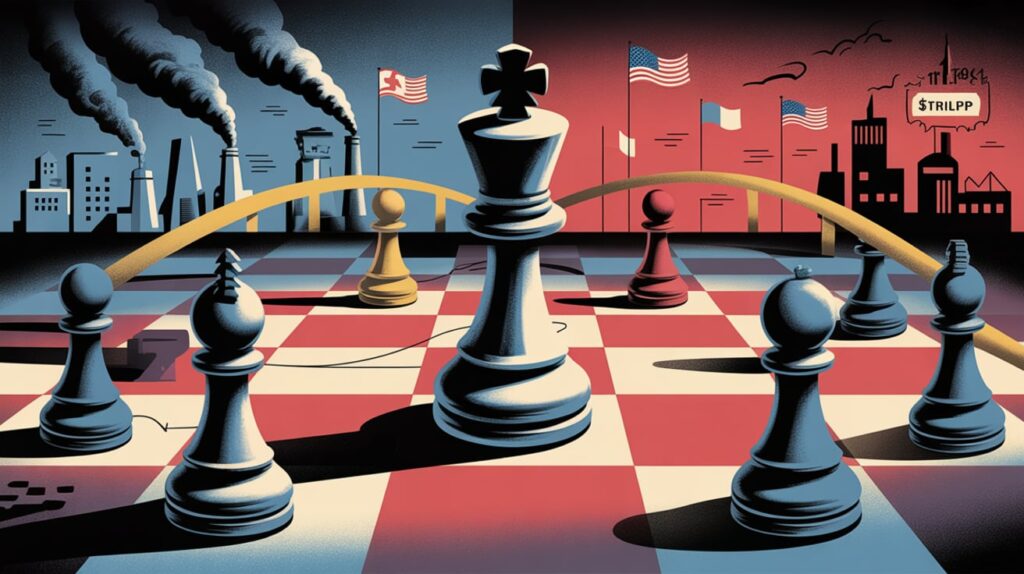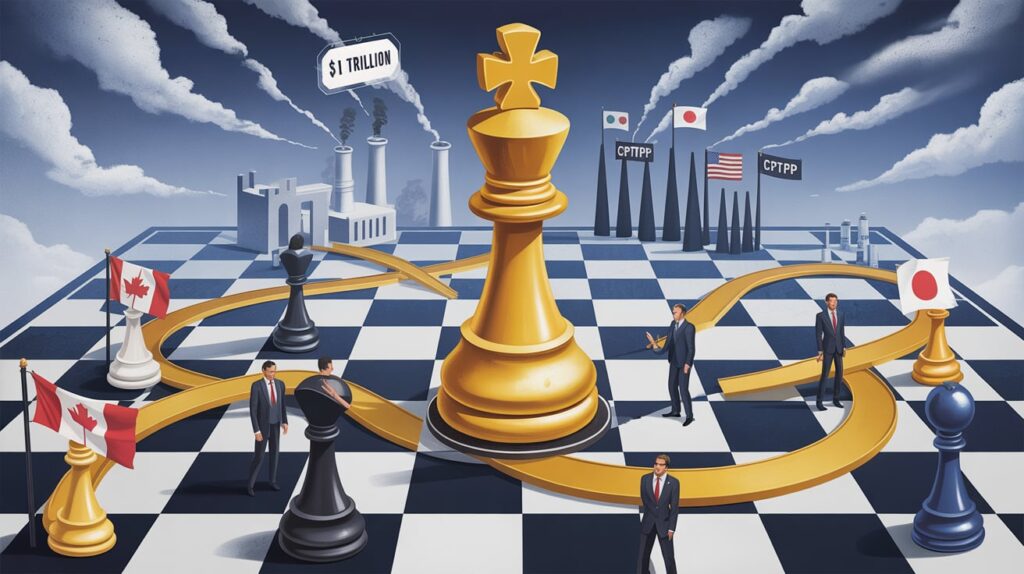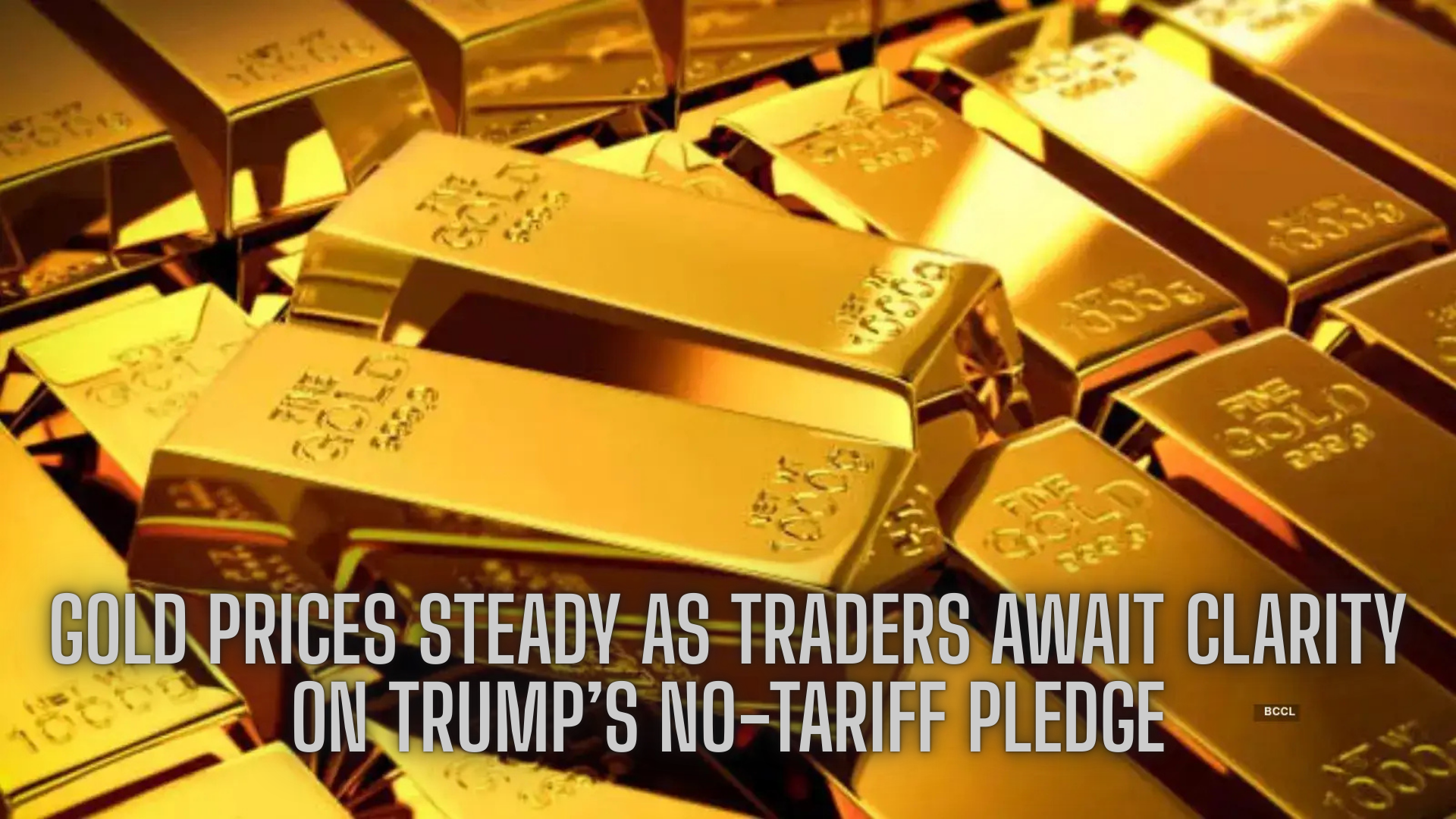Donald Trump’s tariff-driven trade agenda is roaring back onto the global stage—only this time, it’s louder, more expensive, and increasingly isolated. As he prepares to take the spotlight at the upcoming G7 summit, Trump’s trade policy is drawing sharp criticism not just from global economists and trading partners, but also from U.S. courts and allies who once reluctantly played along.
According to Bloomberg Economics, the world economy could shrink by $1 trillion by 2030 if Trump’s proposed tariff regime takes hold and lingers. The United States alone is projected to absorb more than a third of that blow—amounting to roughly $360 billion in lost economic output, around 690,000 jobs wiped out, and a notable decline in America’s share of global trade.

The Shift: Factories In, Services Out
At the heart of Trump’s plan is a fundamental reordering of the U.S. economy: revive domestic manufacturing by walling off imports with high tariffs, even if that means sacrificing growth in the service sector. The numbers tell a complicated story. While tariffs may indeed help create an estimated 1.2 million new manufacturing jobs, they could also eliminate 1.6 million jobs in services—an area that has long been America’s economic backbone.
The logic behind this approach is simple but risky: trade barriers will push companies to manufacture more goods in the U.S., boosting factory employment and domestic output. But that same logic ignores the ripple effects on service providers, who often depend on global clients, imported components, and stable international relationships. Worse, it risks pricing American products out of global markets entirely.
OECD Cuts U.S. Growth Forecasts
This recalibration is already showing in forecasts. The OECD now expects U.S. GDP growth to slow to 1.6% in 2025, down from a robust 2.8% in 2024. Much of that downgrade is attributed to Trump’s proposed trade barriers, which could make imports more expensive, dampen consumer spending, and disrupt supply chains just as they were beginning to stabilize post-pandemic.
Inflationary pressure is another concern. Tariffs often lead to higher input costs, which are then passed along to consumers. That could force the Federal Reserve to remain hawkish longer than planned, potentially squeezing both consumers and investors.
A Trade Pivot—Away from the U.S.
While Trump calls his strategy a “reset,” U.S. allies are reading it as a retreat—and they’re already adjusting course. Countries like Canada, Japan, Australia, and Mexico are leaning harder into the Comprehensive and Progressive Agreement for Trans-Pacific Partnership (CPTPP). What began as a trade hedge has now become a fully fledged economic pivot away from an increasingly unpredictable United States.
America’s withdrawal from the original TPP agreement in 2017—one of Trump’s first acts in office—continues to haunt its geopolitical standing. Now, as CPTPP economies pick up momentum and investment, the U.S. finds itself boxed out of one of the fastest-growing trade blocs in the world. In Trump’s absence, countries like Vietnam and Mexico have stepped up to fill the void, drawing investment and trade flows that previously might have gone to American firms.
Even close allies are rethinking long-standing trade dependencies. Germany, Japan, and South Korea are exploring regional partnerships and building new trade routes that deliberately minimize exposure to U.S. political volatility. The message is clear: if Washington won’t play by multilateral rules, other countries will write their own.
A Wake-Up Call for U.S. Industry
For U.S. companies, particularly those with cross-border exposure, Trump’s return to aggressive tariffs could be a game-changer. Automakers like Ford and Tesla, which rely heavily on global supply chains, could see input costs spike as imported parts become more expensive. Margins would tighten, and consumer prices could rise—just as demand begins to soften in a cooling economy.
Multinational firms in technology, pharmaceuticals, and apparel could be hit just as hard. Sourcing materials or assembling products overseas may suddenly become cost-prohibitive, pushing companies to either eat the costs or relocate production—neither of which offers an easy solution.
Conversely, companies based in CPTPP nations are seeing a burst of optimism. Vietnam, Mexico, Malaysia, and Chile are benefiting from reshored supply chains and trade diversion. Investors are following the money, with foreign direct investment in CPTPP economies climbing as global firms look for stable, tariff-free production zones.
Strategic Consequences Beyond Economics
This isn’t just about dollars and jobs. The broader concern is strategic: America’s credibility as a global trade leader is eroding. By turning inward and rejecting trade partnerships, the U.S. risks ceding influence to rivals—particularly China, which has applied to join the CPTPP itself. Should that happen, the U.S. would find itself locked out of a powerful bloc while its main economic competitor gains clout.

Furthermore, America’s tariff-first approach risks undermining decades of work spent building consensus around open markets and fair rules. Trade policy has always been a lever of foreign policy; if allies no longer see the U.S. as a reliable partner, they will forge new alliances that dilute Washington’s global standing.
The Cost of Going It Alone
Many economists argue that the true cost of Trump’s trade policy is its lack of coordination. Tariffs imposed unilaterally often backfire, triggering retaliatory duties and setting off a chain of economic distortions. Past rounds of Trump-era tariffs sparked trade wars that damaged U.S. agricultural exports, slowed down manufacturing, and strained relations with key partners like the EU and Canada.
The idea of revitalizing domestic manufacturing resonates with many voters, especially in battleground states. But the price tag for that revival is enormous—not just in economic terms, but in terms of global trust and long-term strategic alliances.
Conclusion: A Risky Trade Bet
Trump’s $1 trillion trade shock isn’t just a set of economic projections—it’s a bet on a radically different vision of America’s role in the global economy. It promises blue-collar jobs and industrial revival but risks inflation, lost services employment, and diminished international influence.
With the world moving on and U.S. partners building bridges elsewhere, the next administration—regardless of who leads it—will face a difficult choice: double down on tariffs, or re-engage with a global system that’s rapidly evolving without them.




3 thoughts on “Trump’s $1 Trillion Trade Shock: Is the U.S. About to Lose Its Edge?”